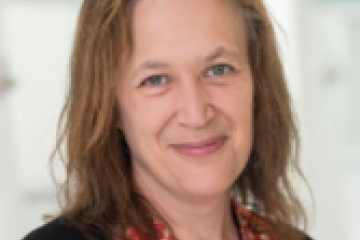Technologies to Tools grant
Developing a rapid method for identification of key proteins that define tissues to create an array of tissue-specific hydrogels for human-relevant in vitro 3D culture

At a glance
Completed
Award date
September 2019 - February 2021
Grant amount
£49,805
Principal investigator
Professor Cathy Merry
Co-investigator(s)
Institute
University of Nottingham
R
- Replacement
